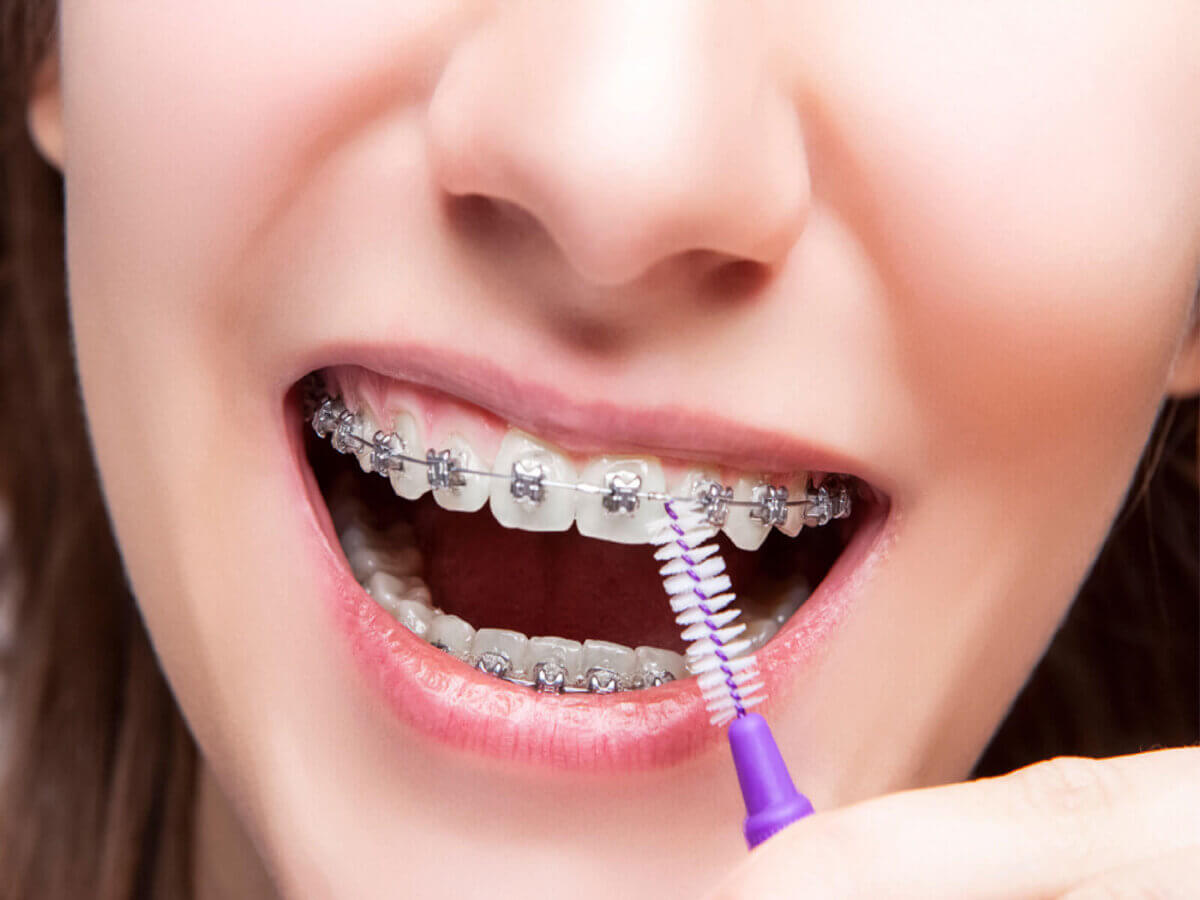Blog
Dental hygiene tips for healthy teeth & gums

Understanding Dental Bonding For Aesthetic Tooth Repairs
Dental bonding stands out in aesthetic dentistry as a diverse and less invasive method for fixing cosmetic flaws in teeth. It is a cost-effective and fast option for repairing chipped, discolored, or malformed teeth. In this post, we’ll explore the complexities of dental bonding, examining the procedure, benefits, and considerations that go into this creative approach to attractive tooth repairs.
What Exactly Is Dental Bonding?
Dental bonding is an aesthetic dentistry technique where a tooth-colored composite resin material is applied to the surface of a tooth. This plastic is meticulously sculpted, contoured, and bonded to the tooth, concealing flaws and improving its appearance. Dental bonding is popular for treating various cosmetic issues, including:
- Chipped or Cracked Teeth: Dental bonding can restore the structure of a chipped or cracked tooth, enhancing its appearance and functionality.
- Teeth Discoloration: It can transform stained or discolored teeth, giving them a more natural and sparkling appearance.
- Spaces or Gaps: Bonding can repair minor gaps or spaces between teeth, resulting in a more uniform smile.
- Misshapen Teeth: Irregularly shaped or malformed teeth can be molded and sculpted with dental bonding for a more balanced appearance.
Dental Bonding Procedure:
- Consultation and Exam: The process begins with a consultation with the dentist. The dentist examines the patient’s teeth, discusses concerns, and assesses the viability of dental bonding.
- Color Matching: The dentist selects a composite resin shade that closely matches the patient’s natural tooth color.
- Surface Preparation: The tooth surface is roughened slightly to improve the bonding process. A conditioning liquid enhances the adherence of the bonding material.
- Bonding Material Application: The composite resin, in a putty-like consistency, is applied to the tooth. The dentist sculpts and matures the material to achieve the desired shape and contour.
- Curing and Bonding: A special light or laser hardens and bonds the composite resin to the tooth, creating a strong and durable bond.
- Final Touches: After the bonding material cures, the dentist shapes and polishes the teeth for a smooth and natural-looking outcome.
Dental Bonding Advantages:
- Minimally Invasive: Dental bonding is conservative, usually requiring only a small amount of tooth enamel removal.
- Convenient: The bonding process can typically be completed in one visit, suitable for those with busy schedules.
- Economical: It’s more cost-effective for addressing aesthetic concerns compared to other cosmetic procedures.
- Natural Look: The composite resin is custom-matched to the patient’s natural tooth color.
- Versatility: Dental bonding can address a wide range of cosmetic issues.
Considerations and Limitations:
- Durability: While dental bonding is durable, it’s less resistant to discoloration or wear than materials like porcelain.
- Longevity: The lifespan varies, and touch-ups or replacements may be required over time.
- Staining Potential: Composite resin may be more prone to staining from certain foods and beverages.
- Ineffective for Major Repairs: Usually suitable for modest to moderate cosmetic concerns.
Conclusion:
Dental bonding is a testament to the creativity of aesthetic dentistry, offering a simple yet effective method for improving tooth aesthetics. It’s a popular choice for repairing chipped, discolored, or malformed teeth due to its minimally invasive nature, quick application, and versatility.
While it has some limitations, dental bonding is a valuable and affordable option for creating a dazzling smile. A skilled dentist can help patients determine if dental bonding is the right artistic touch for their specific cosmetic needs.
